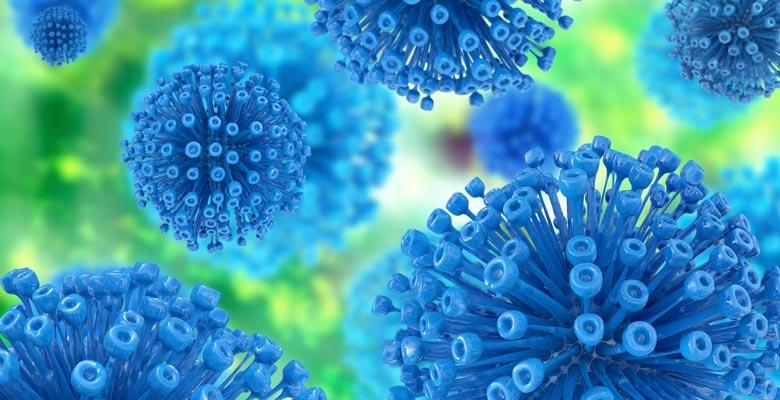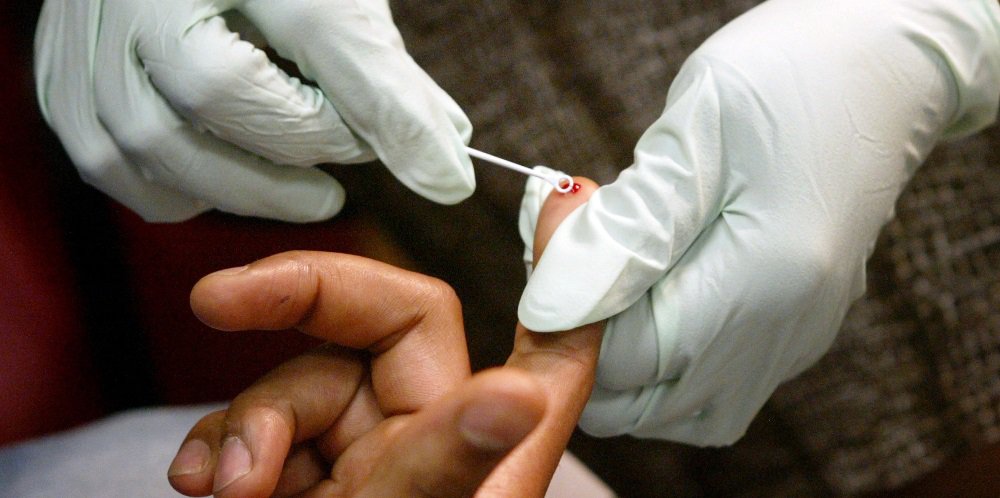Why I’m not celebrating the latest ‘breakthrough’ in search for HIV cure
By Will Stroude

Did you see the news? There’s been another “breakthrough” in the search for a cure for HIV.
This one happened in Philadelphia, where experimenters at Temple University announced last month that they’ve removed HIV DNA from the genetic code of mice.
How many “breakthroughs” does that make? I’ve lost track, but they seem to come with the frequency of dodgy workout steroids – and with the same lack of critical vetting. Press releases are rarely issued when these medical discoveries fizzle in human trials. That’s why few of us will even raise an eyebrow, much less a glass, over the latest claim.
There’s another reason why I’m not celebrating: Temple University is planning to experiment on primates next.
Experimenters started using chimpanzees for HIV experiments more than 30 years ago, only to find that they are poor research models: They don’t contract AIDS from HIV or become sick from the virus’s symptoms. It was a major diversion that caused immense suffering to both the animal victims and human patients desperate for costly care – and it wasted critical research funds that could have been more effectively spent.

Another highly touted “breakthrough” involved draining bone marrow from baboons for transfusion into people with AIDS, an excruciating procedure that also diverted millions of pounds from more promising research and from patient care.
After that debacle, I personally met with several ACT UP chapters to share details on such faulty, costly and cruel studies – and ACT UP/San Francisco joined PETA US at the US Capitol in Washington to protest animal experiments.
The only reliable model for studying HIV and AIDS is humans, yet some experimenters continue to rely on species that differ fundamentally from us – although not in their ability to feel pain and fear. This scientific technique is intrinsically flawed and, consequently, counterproductive.
The first clinical trial in humans of an HIV vaccine was conducted in Bethesda, Maryland, in 1987 – the same year the British government launched its “Don’t Die of Ignorance” campaign. In 2008, Dr Jarrod Bailey, who received his PhD in viral genetics from Newcastle University, reviewed 197 clinical trials involving 85 candidate vaccines, most of which had been tested on chimpanzees, and found that none of the drugs were successful – and that some even increased the risk of HIV infection compared to the placebo.

This is on top of findings by the US Food and Drug Administration that more than 90 per cent of drugs that pass trials in animals fail to receive approval for human use.
In an age of real technological and epidemiological breakthroughs – and given the alarming waste of resources and time on experiments involving animals – we have to do better. We must stop clinging to the broken promises of research and experiments that have proven only that they cannot cure HIV and instead switch to life-saving clinical studies on humans that have isolated the virus, defined its natural course and shown us how HIV/AIDS can be treated.
If we’re to find a cure for HIV, the choice isn’t between humans and animals – it’s between good science and bad science, between ineffective methodology that promises only continued suffering and modern, humane, non-animal research that holds genuine hope.
Words by Dan Mathews
Dan Mathews is the senior vice president of campaigns for People for the Ethical Treatment of Animals (PETA) US – and recipient of the 2016 Winq Activism Award.
